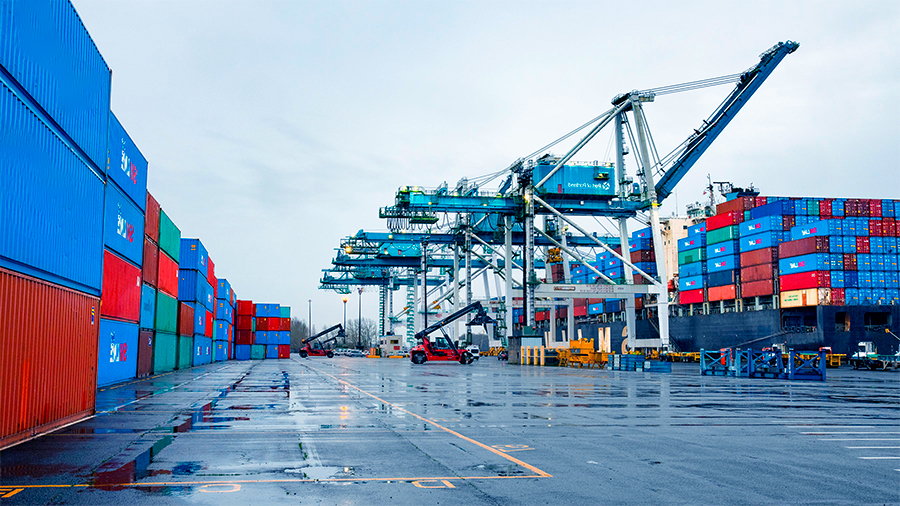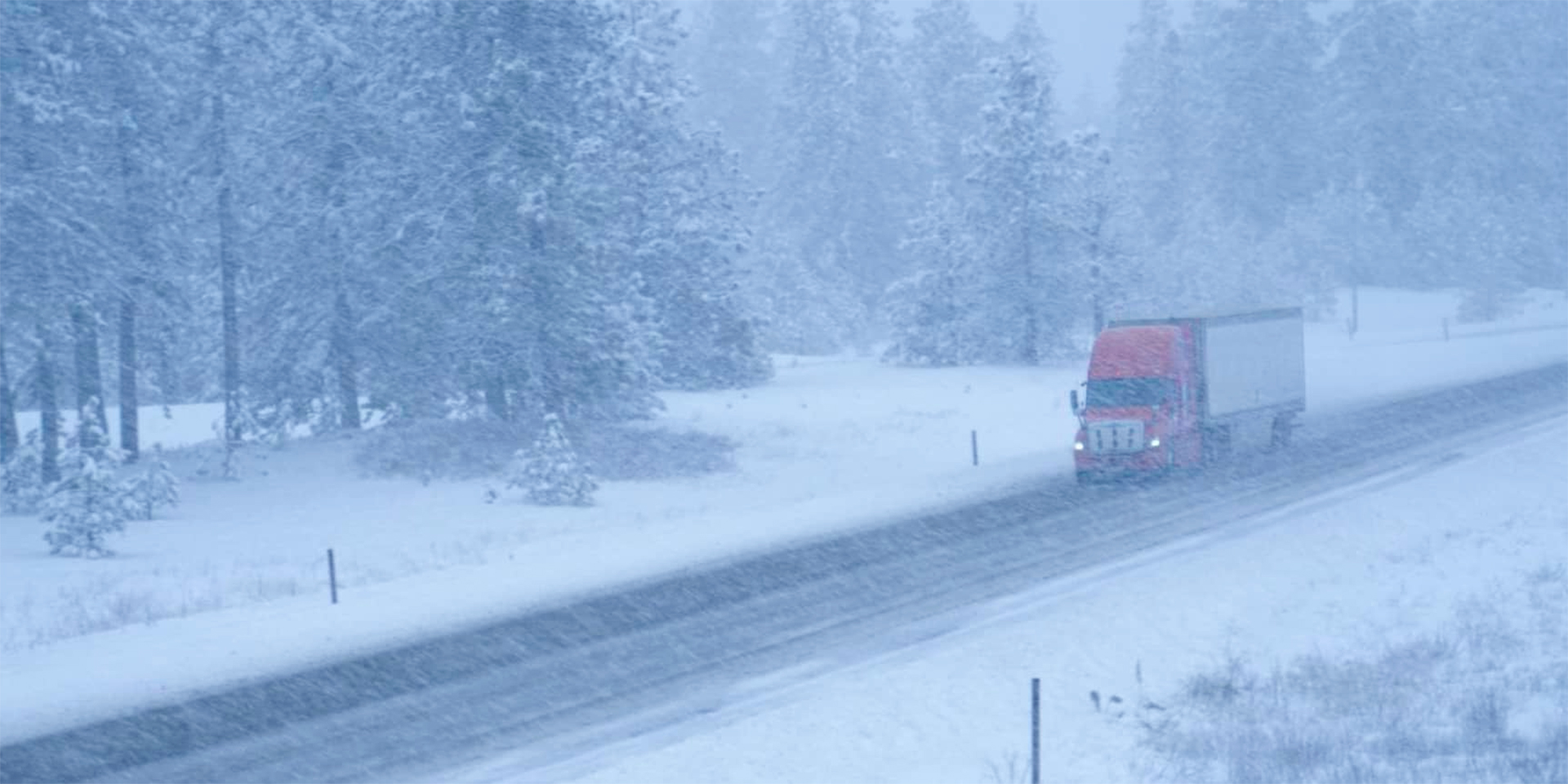Weather Disruptions And Supply Chain Costs
Every storm, drought, or heatwave ripples far beyond the place it strikes. Weather disruptions slow shipments, damage infrastructure, and create unpredictable supply chain costs. Global trade has grown dependent on precise logistics, but climate unpredictability pushes that system to its limits. When freight is delayed, warehouses stay empty, and shelves go bare, consumers feel it through higher prices. For businesses, each disruption means recalculating costs, rerouting cargo, and sometimes absorbing heavy losses. Understanding how weather alters supply chains shows why prices can shift quickly from season to season, and why resilience has become one of the most valuable assets in global trade.
How Weather Shapes Global Logistics
Modern supply chains are designed for efficiency, not flexibility. A snowstorm grounding planes, a hurricane halting ports, or flooding cutting off roads can all break carefully timed networks. Unlike political or financial disruptions, weather events often strike suddenly and leave widespread damage in their wake. This unpredictability raises costs at every stage. Carriers face fuel surcharges from rerouting, producers deal with storage delays, and retailers scramble to source goods from unaffected areas. What starts as a local problem—like a typhoon in Asia—can ripple globally, inflating costs in markets thousands of miles away. Supply chains stretched across continents leave businesses vulnerable to even brief disruptions, showing how weather has become an economic variable in its own right.
The Fragile “Just-In-Time” Model
Decades of prioritizing efficiency over redundancy mean fewer safety nets. Just-in-time models reduce inventory but increase exposure, leaving little margin when shipments stall. Weather adds pressure to a system already designed with minimal slack.
| Weather Event | Immediate Supply Chain Effect | Consumer Impact |
|---|---|---|
| Hurricane | Port closures, shipping delays | Higher import costs, delayed retail goods |
| Flooding | Road and rail closures | Increased transportation fees |
| Drought | Reduced crop yields, water transport limits | Rising food prices |
| Heatwaves | Energy grid strain, warehouse cooling costs | Higher operational and product costs |
Hurricane Katrina
When Hurricane Katrina struck the Gulf Coast in 2005, it devastated not only communities but also oil and gas supply chains. Ports in New Orleans and refineries along the coast were shut for weeks. Fuel prices spiked worldwide as shipping rerouted and energy infrastructure struggled to recover. Retailers across the U.S. saw transportation costs rise sharply, showing how one storm could change pricing far beyond its impact zone.

The Cost Chain: From Port To Consumer
Every disruption triggers a chain of rising costs. When a storm delays a shipment of electronics, retailers face shortages and bid higher to secure replacement stock. Carriers increase charges to cover rerouting, and warehouses may hold goods longer, raising storage expenses. These costs eventually reach consumers as higher retail prices. Sometimes the increase is immediate, such as spikes in fresh food prices after floods. Other times, it shows gradually, like when long-term droughts affect global grain supplies. Supply chain costs are rarely absorbed by one party alone—they move downstream until the final buyer carries much of the burden. For households, this makes weather disruptions visible at the checkout line, where prices reflect not just production but the resilience—or fragility—of the chain that brought goods to market.
Hidden Costs In Logistics
Insurance premiums, emergency labor, and fuel consumption often rise quietly during weather disruptions. These hidden costs accumulate behind the scenes but eventually appear in consumer prices when margins tighten.
European River Droughts
In recent years, droughts lowered water levels on the Rhine and Danube rivers, forcing barges to operate at half capacity or shut down altogether. Since these waterways carry bulk goods like coal, chemicals, and grain, the cost of rail and road alternatives soared. German industries saw immediate cost hikes, while food and energy prices across Europe rose as supply chains strained under the pressure of climate-driven water shortages.
Industries Most Exposed To Weather Risks
Not all industries face the same exposure. Agriculture is highly vulnerable, as crops depend directly on weather conditions. Prolonged droughts or floods can wipe out harvests, sending food prices soaring. Manufacturing, especially sectors reliant on global supply chains like electronics or automotive, also feels strong impacts when weather halts production or transport in one region. Retailers dependent on fast fashion or seasonal inventory risk losing entire product cycles if shipments delay. Energy is another sector where weather disruptions push costs higher, as storms damage infrastructure or heatwaves raise demand. Each industry absorbs these shocks differently, but all rely on resilient logistics strategies to mitigate risks.
Agriculture As The Weak Link
Food prices react quickly to weather. Bad harvests in one region force importers to compete for limited supplies, driving up costs. This volatility makes agriculture one of the most visible examples of weather’s impact on supply chains.
| Industry | Weather Vulnerability | Common Cost Impact |
|---|---|---|
| Agriculture | Drought, floods, storms | Reduced yields, higher food prices |
| Manufacturing | Storm damage to facilities | Delayed production, costlier imports |
| Retail | Disrupted shipping routes | Higher logistics expenses, empty shelves |
| Energy | Storm damage, extreme heat or cold | Repair costs, higher consumer bills |
Thailand’s Floods
The 2011 floods in Thailand disrupted global electronics and auto supply chains. Factories producing critical components like hard drives and car parts were submerged. Global companies faced shortages, leading to production delays in Europe, North America, and Asia. Prices for electronics climbed sharply worldwide, proving how a single region’s weather disaster could paralyze global industries tied tightly to one supply base.
Strategies Businesses Use To Reduce Weather Costs
Companies are not powerless in the face of weather risks. Many are shifting strategies to build resilience. Diversifying suppliers reduces dependence on any single region, while holding larger inventories provides buffers during delays. Technology plays a role too. Predictive weather analytics help companies anticipate risks and adjust shipments before disruptions strike. Some firms invest in infrastructure upgrades, like flood-resistant warehouses or reinforced port facilities. Insurance also plays a growing role, though premiums rise with the frequency of severe weather events. Each of these strategies carries costs, but for businesses, prevention is cheaper than repeated disruptions. Balancing efficiency with resilience has become the central challenge for global supply chains in a climate where “normal” weather is increasingly rare.

The Rise Of Contingency Planning
Contingency plans once considered optional are now essential. Backup suppliers, flexible contracts, and rapid-response teams reduce the financial sting of disruptions. Those who prepare weather the storm; those who don’t often pay more later.
Texas Freeze
In 2021, a severe winter storm in Texas froze energy pipelines and shut down petrochemical plants. This disrupted global supply chains for plastics, packaging materials, and even auto parts. Companies worldwide had to pay higher prices or delay production, while consumers saw packaging shortages that translated into fewer goods on shelves. The freeze demonstrated how even short, localized weather events can push global industries into costlier positions.
Consumer Consequences: Why Prices Keep Rising
From food to electronics, weather disruptions eventually hit household budgets. Price spikes are often visible in supermarkets after floods or droughts, but subtler increases occur in manufactured goods, where higher logistics costs embed into retail prices slowly. Consumers often wonder why prices rise when supply chains seem to recover quickly. The answer lies in the accumulated costs—rerouting fees, insurance, fuel surcharges, and lost productivity—all of which linger after the immediate disruption ends. Over time, repeated weather shocks create inflationary pressure. For households already balancing tight budgets, this means less predictability in expenses and more sensitivity to every weather headline.
The Cycle Of Expectation
As consumers grow used to weather-related price spikes, expectations change. Price volatility becomes normalized, altering shopping habits and pushing households to prioritize essential goods over discretionary spending.
The Conclusion
Adverse weather reshapes supply chains, raising costs from producer to consumer. Efficiency-focused logistics systems magnify risks, making even small disruptions expensive. Agriculture, manufacturing, retail, and energy all show how fragile networks buckle under storms, droughts, and floods. Real-world examples—from Thailand’s floods to Texas’s freeze—prove that no industry is immune. Businesses respond with resilience strategies, but added protection also means higher prices. For consumers, the impact is unavoidable—weather disruptions keep showing up on receipts. In a global economy tied tightly together, the weather no longer affects only those in its path. It alters costs, delays shipments, and changes the price of daily life, reminding us how connected and exposed supply chains truly are.



